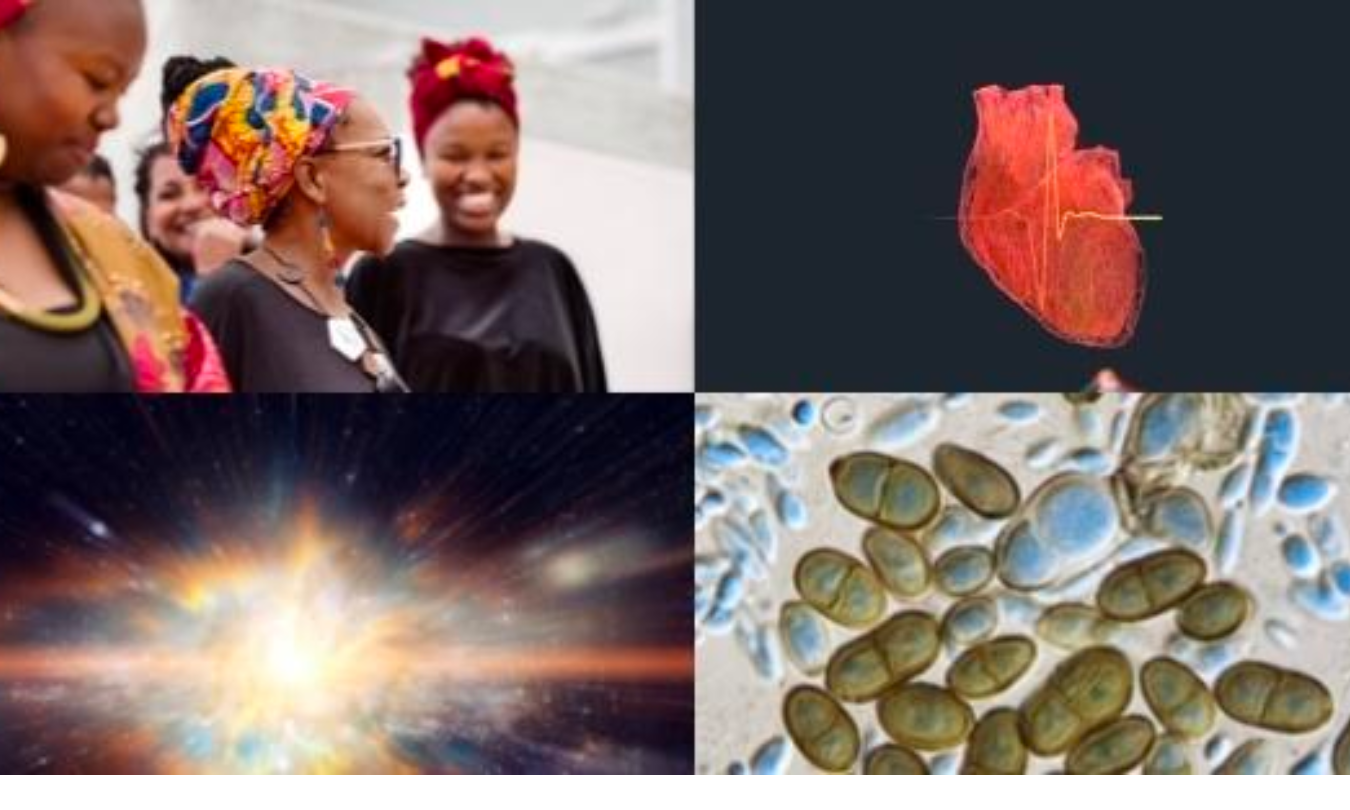
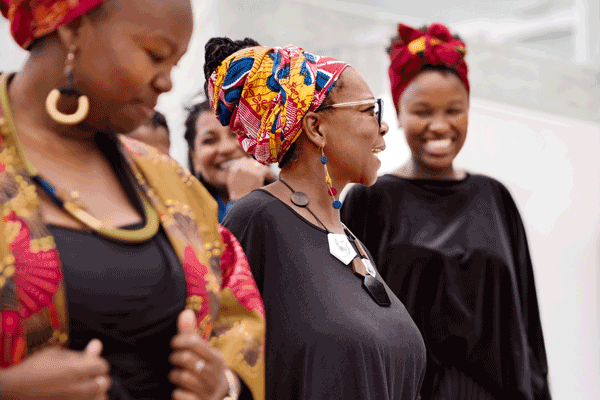
Patterns of women’s labour in Africa
The position of women in the labour market remains under-studied in African history. How can we understand and appreciate women’s daily contribution to Africa’s society and economy when for example midwives, beauticians or craftswomen often do not have a set price for a service, fixed working times or workplace?
Elena Vezzadini will use her ERC Consolidator Grant to fund the first comparative investigation into the history of female urban popular professions in three African countries over fifty years. She will contribute to a more democratic, more inclusive history that firmly establishes the centrality of women’s labour in Africa.
The pioneering research project WomAtWork will seek to overcome the invisibility of women in official archives, by weaving together different threads of sources. Dr Vezzadini and her team will shed light upon the peculiarities of the labour patterns and their historical transformations resulting from political changes, new technologies and commodities. They will also look at the work ethos, norms, and values of women at work. The research project will ultimately question the relationship between these professionals and their communities, and the connection between these labourers and protests.
Elena Vezzadini is a historian of modern Sudan affiliated to the Institut des Mondes Africains at CNRS in France. She obtained her PhD at the University of Bergen, with a specialisation in the contemporary history of Sudan.
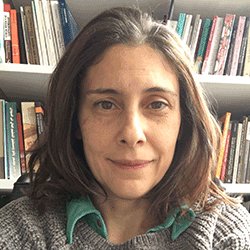
Project: Women at work: for a comparative history of African female urban professions in Soudan, Tanzania and Ghana (WomAtWork)
Researcher: Elena VEZZADINI
Host institution: Centre National de la Recherche Scientifique (CNRS), France
ERC Funding: EUR 1,800,000 for 60 months

Understanding astrophysical shocks
Astrophysical shocks, generated by violent interactions of supersonic plasmas, are among the most powerful particle accelerators in the Universe. Over the past decade, discoveries linked to plasmas outside of our own solar system have excited scientists and the public alike. We have been able to observe extraordinary phenomena such as cosmic-ray acceleration in the remnants of supernovae, gravitational waves and their electromagnetic counterparts from neutron star mergers, and jets coming from supermassive black holes. However, the underlying physics of particle acceleration in astrophysical shocks is not yet well understood, nor fully explored in the laboratory.
But this is about to change. Advances in computational power and fully-kinetic plasma simulations are making it possible to conduct new research. New machine learning tools are enabling the development of models that can capture the interplay between the plasma microphysics and the global dynamics of these distant systems. Such advances are complemented by developments in high-power lasers, intense particle beams, and plasma diagnostics. Using his ERC Consolidator Grant, Frederico Fiuza will take advantage of the opportunities these new developments provide to probe plasma physics processes and particle acceleration mechanisms in well-controlled laboratory experiments.
His team ultimately aims to solve central questions of extreme plasma phenomena, and open new avenues between theory, computation, laboratory experiments, and astrophysical observations. This research has the potential to completely transform the understanding of particle acceleration in shocks, with far-reaching implications for our understanding of some of the most extraordinary phenomena in the Universe.
After obtaining his PhD in plasma physics at Instituto Superior Técnico in Portugal, Frederico Fiúza moved to the USA first as a Lawrence Fellow at the Lawrence Livermore National Laboratory and later as a Senior Staff Scientist at the SLAC National Accelerator Laboratory, Stanford University. He will return to Europe to conduct this new project.
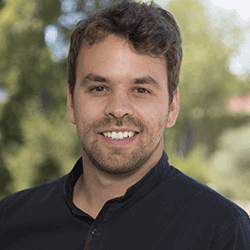
Project: Extreme Particle Acceleration in Shocks: from the laboratory to astrophysics (XPACE)
Researcher: Frederico FIÚZA
Host institution: Stanford University, USA *
ERC Funding: EUR 1,800,000 for 60 months
* This researcher intends to change his host institution to Association of Instituto Superior Técnico for Research and Development in Portugal.

A protective bio-coat made of engineered living materials
Biofilms are thin but robust layers of gluey substance that adhere to a solid surface. They contain a community of bacteria and other microorganisms and are recognised as one of the most stable biological systems on earth. Most studies on biofilms focus on preventing its formation, while leaving unexplored the beneficial use of biofilms for protection.
The ARCHI-SKIN project will explore the design principles underlying fungal biofilm to advance the knowledge of the chemistry-structure-properties of the biological system. These include the mechanisms of biofilm formation, its structure, function, and performance. The project will go beyond laboratory routines and use the latest tools in life cell imaging, data science and machine learning. The idea is to develop a bioactive protective coating system that works in harmony with nature and benefits from the synergetic efforts of living fungal cells, bio-based ingredients, and bioinspired concepts for materials design.
With funding from her ERC Consolidator Grant, Anna Sandak will develop a biofilm that protects the surfaces of biomaterials, concrete, plastics, and metals, among others. One of its remarkable functionalities is natural self-healing. The project’s novel approach to materials protection will advance the traditional materials concepts toward the development of engineered living materials capable of interacting, adapting, and responding to environmental changes.
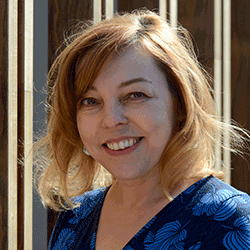
Project: Bioinspired living skin for architecture (ARCHI-SKIN)
Researcher: Anna SANDAK
Host institution: InnoRenew CoE, Slovenia
ERC Funding: EUR 1,999,000 for 60 months
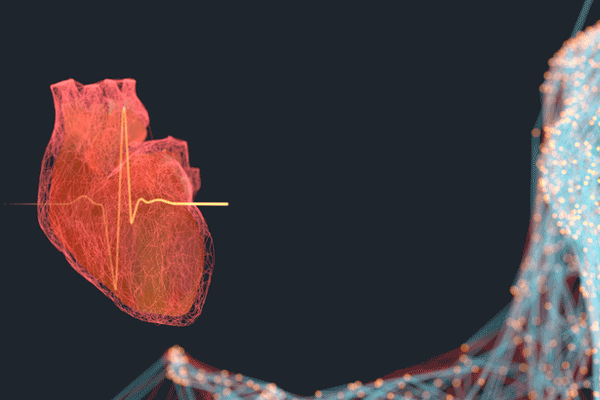
A heart that corrects its own rhythm
Heart rhythm disorders pose a major challenge to modern cardiovascular medicine. The most common cardiac arrhythmia, Atrial Fibrillation (AF), affects 2-3% of people worldwide. It is known for its progressive nature and increases the risk of stroke and heart failure, thereby constituting a major economic burden: more than €20 billion a year is spent on AF in the ten biggest European countries alone.
For some AF patients, the only effective means for acute rhythm restoration is delivery of high-voltage shocks to the heart. These need to be performed in hospitals under general anaesthesia because of otherwise intolerable pain. Currently, there is no therapeutic strategy to address the need for immediate yet pain-free treatment of AF, which would allow patients to freely move about and receive treatment without even being aware of it.
Daniël Pijnappels is convinced that, one day, we will enable the human heart to treat its own rhythm disturbances and restore its normal rhythm at any time and in any place. The basis is the heart’s own ability to generate electrical current (i.e. bioelectricity). To restore normal rhythm, Professor Pijnappels proposes to no longer use high-voltage electric shocks, but instead appropriately timed bioelectrical currents, generated by the arrhythmic heart itself.
With funding from an ERC Consolidator Grant, his TransRhythm project will explore this possibility by combining unique advances in genetic engineering, computer modelling, tissue engineering and micro-optoelectronics. Through its innovative interdisciplinary approach, this research could pave the way towards the development of paradigm-changing treatment options for cardiac arrhythmias, enabling shock-free ambulatory AF treatment and improving patients’ prognosis and quality of life.
Daniël Pijnappels is professor of cellular electrophysiology focusing on interdisciplinary translational cardiology. He is also head of the Laboratory of Experimental Cardiology at the Leiden University Medical Center.
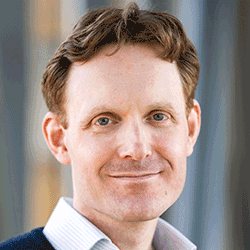
Project: Translational optoelectronic control of cardiac rhythm in atrial fibrillation (TransRhythm)
Researcher: Daniël PIJNAPPELS
Host institution: Leiden University Medical Centre, Netherlands
ERC Funding: EUR 1,999,999 for 60 months




